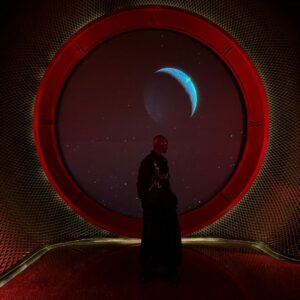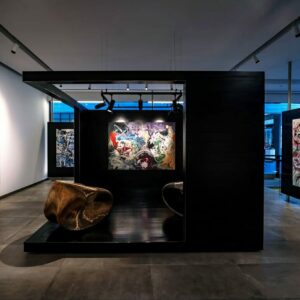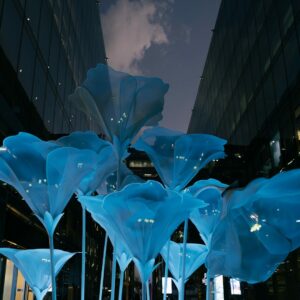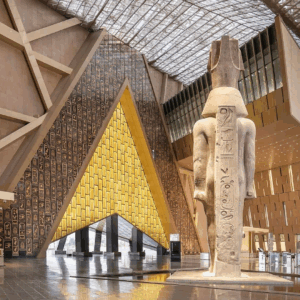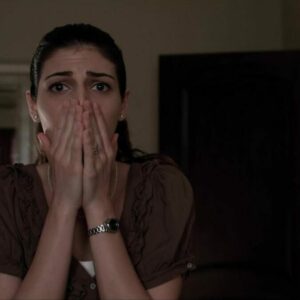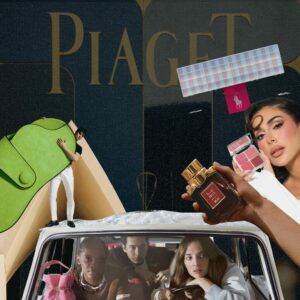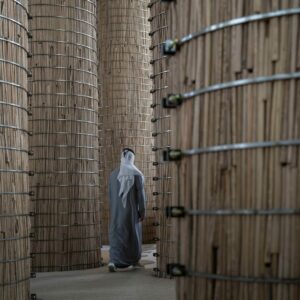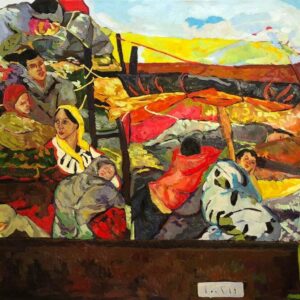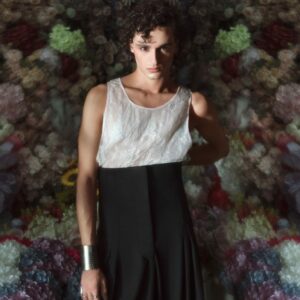Tarek Mawad (Instagram), a versatile artist and photographer based in Berlin and Paris, draws inspiration from anatomy, mythology, and art house cinema to create contemporary archetypes of individual uniqueness. Through his lens, he captures subjects as monumental figures, skilfully portraying various shades of their energy and vulnerability. Mawad’s visual language, characterised by dynamic contrasts and vibrant colour palettes reminiscent of Caravagesque claire-obscure pictures, shapes his subjects with a unique blend of light, materials, and styling. With a background in projection mapping, light installation, and the 3D universe, he infuses his photography with a cinematic feel, producing symbolic, intentional, and powerful imagery that encapsulates the remarkable essence of each person.

Tarek Mawad , welcome. Can you walk us through the genesis of your career in art, creative direction, and photography? What ignited your passion and propelled you into these fields?
I studied media art and design in Saarbrücken, Germany, and worked in various fields including 3D animation, sculpting, VFX, light art, and projection mapping. I loved the total freedom of creation and the idea of bringing to life concepts that existed only in my head. Photography always intrigued me, and I would experiment with it whenever I had spare time.
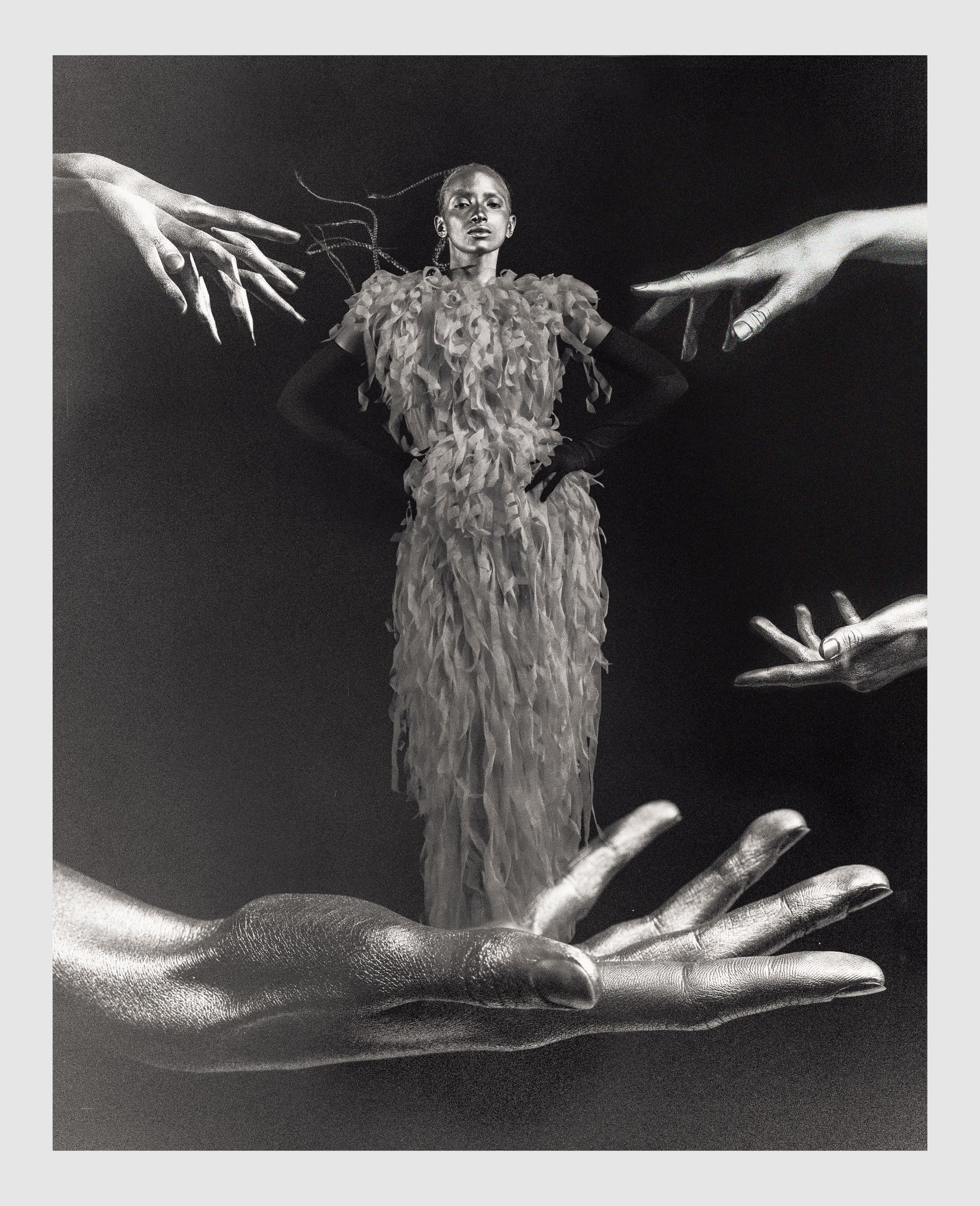
Can you share with us the inspiration behind your unique artistic style that combines anatomy, mythology, and art house cinema?
A lot of inspiration comes from music, solitude, observation and from my background, which I integrate as a crucial layer into my photography. I’m restless and love to search and discover, finding new ways to express myself and uncovering techniques that haven’t been fully explored. I particularly enjoy the idea of creating a painting through photography. I enjoy both intentional photography and deeply exploring the materials and possibilities of photography, allowing the unknown to take over, leading to uncontrolled situations that weren’t planned, which always occurs during shootings. I’m especially drawn to timeless images and cinema. I aim to create photography that prompts viewers to stop, think, and observe. I want the audience to forget about time and become overwhelmed with questions, searching for answers.
How do you approach portraying your subjects as modern-day archetypes, and what significance do you find in capturing individual uniqueness?
When I photograph someone, I observe that person, which is why I love to meet the talents beforehand if possible. I want to ensure that I capture their persona in a strong, mature way that expresses an emotion that people can rarely see. This might be a second of vulnerability, when they are unaware of being photographed; that’s when they’re fully themselves, without pretence. However, the difficulty lies in transitioning from the unintentional to the intentional. I’m interested in the structure of the face and bones, how the skin moves with gestures.

Your work is described as having a “sculpturesque visual identity with Caravagesque claire-obscure” and vibrant colour palettes. Can you delve into how these artistic choices contribute to your storytelling through photography?
Light plays the most important role here. I appreciate darkness and the significance of light in a scene. When you enter a gallery where sculptures are being exhibited, they are mostly illuminated with several small spotlights to highlight edges and forms. I love the use of hard light for this reason and mixing it with soft light. Hard light emphasises the sculptural, expressive side of the human being, while soft light adds a more nuanced touch.
Why did you decide to shift from projection mapping, light installation and 3D universes to photography?
Simply because I was sitting for hours in front of the computer. I keep those techniques and everything I have learned with me and the past became very important to my photography. But at a certain point I felt the need to work with people. I have a lot of empathy to share and I loved the idea of connecting and transferring emotions to your subject to the point where it becomes a beautiful, invisible collaboration based on trust and intimacy.
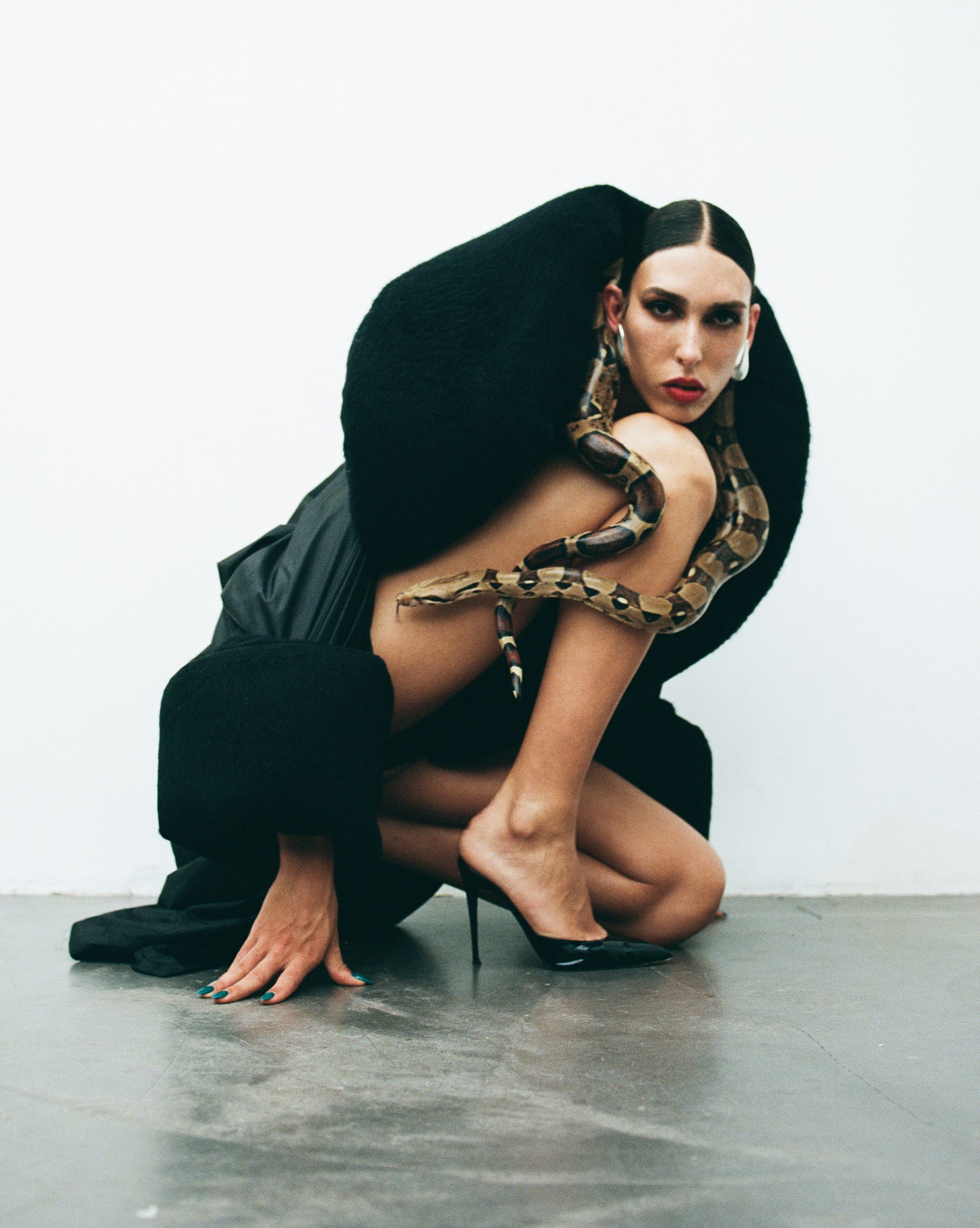
In what ways does your professional background in influence your approach to photography, especially in creating a strong cinematographic feel?
Using the facets that come with being multidisciplinary is very important to me. Collecting knowledge in different fields leads to endless possibilities in the ability to blend and combine several techniques together. The visual and technical language opens the door by telling a story that suddenly becomes surrealistic in the way it is executed, raising questions. Besides the story you see in the picture, there’s also a mostly invisible layer that tells a story from a technical perspective, which becomes part of the entire visual narrative. And that story starts in the execution. Opening that door to the viewer gives the audience access to a secret process, and therefore the entire image will become complete the more you think about it. For example, there is a huge difference between “photoshopping” a double exposure and actually creating a double exposure. And the difference lies in the mindset, story, and interaction with the model on set. It’s more than technical; it’s about trust in the person you´re working with, self-trust, value, appreciation, and focus.
Can you share your creative process when conceptualising and executing a new project? How do you approach translating ideas into powerful visual narratives?
I love solitude; most ideas come from the space of being alone and isolated. Everything that comes up in my mind, I accept, even if I don’t know the meaning behind it. But if I find it interesting, I draw it in my sketchbook. Many inspirations come from dreams, music, or paintings. Then, I create a deck for everyone involved to understand and define the details, from light, set, styling, hair and makeup, expression, et cetera.
How does your Egyptian heritage impact your artistic vision and the themes in your photography? Are there key cultural elements shaping your creative perspective?
I love Egyptian mythology. I appreciate Egyptian sarcasm and enjoy translating it into a visual twist in photography as well. But generally speaking, I believe that heritage is deeply rooted inside me. From my childhood confrontations with my father, cultural clashes, and the unnecessary drama bestowed upon me [laughs], I had so much drama in my life that I keep it for my art.
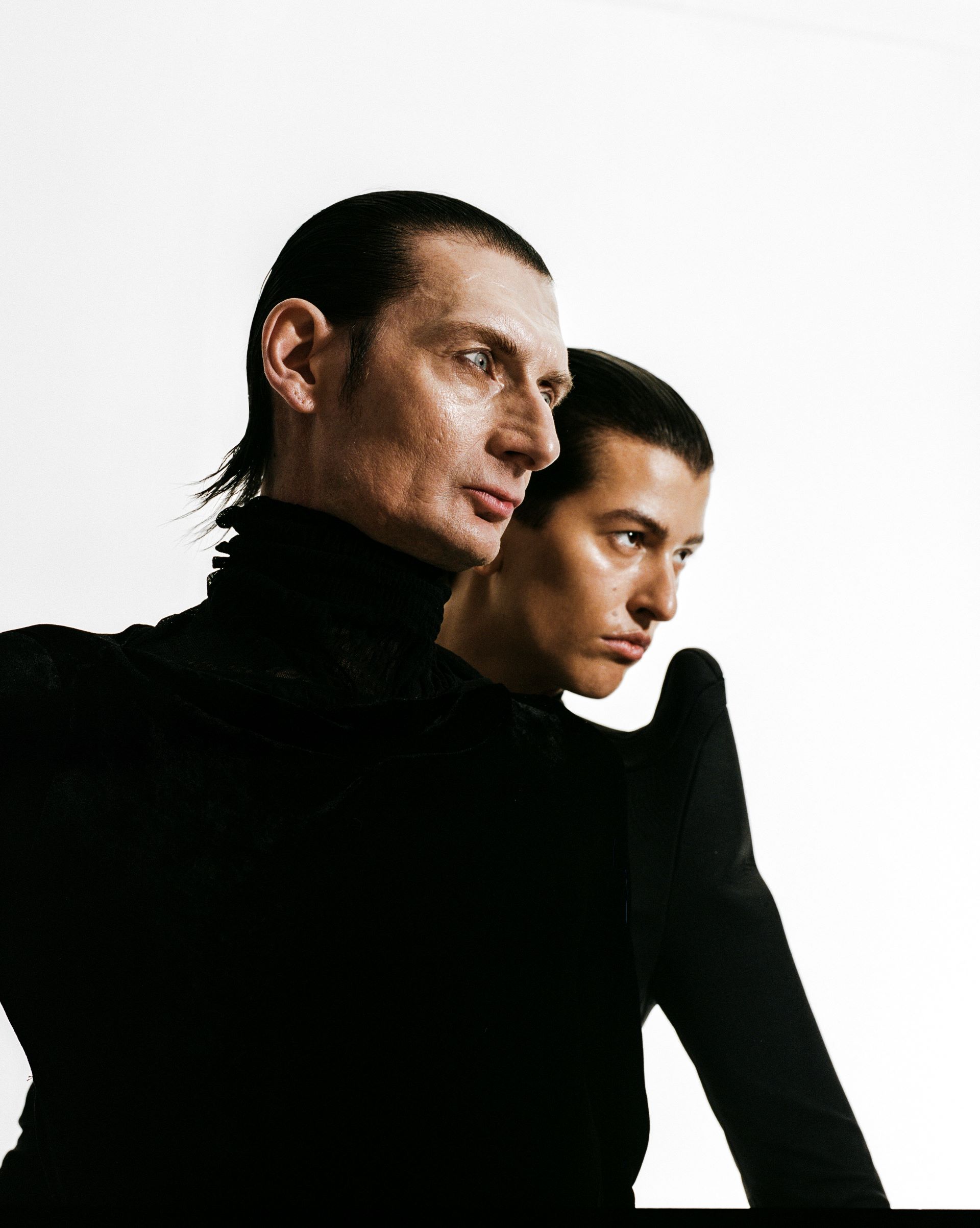
As an artist working across Berlin and Paris, how do these diverse cultural landscapes influence your artistic perspective?
I think it’s more about finding where I belong with the work I’m doing. Germany is less artistic in terms of photography and more commercial, while Paris is more artistically open to photography. So I started working more in those countries where I feel I can find viewers.
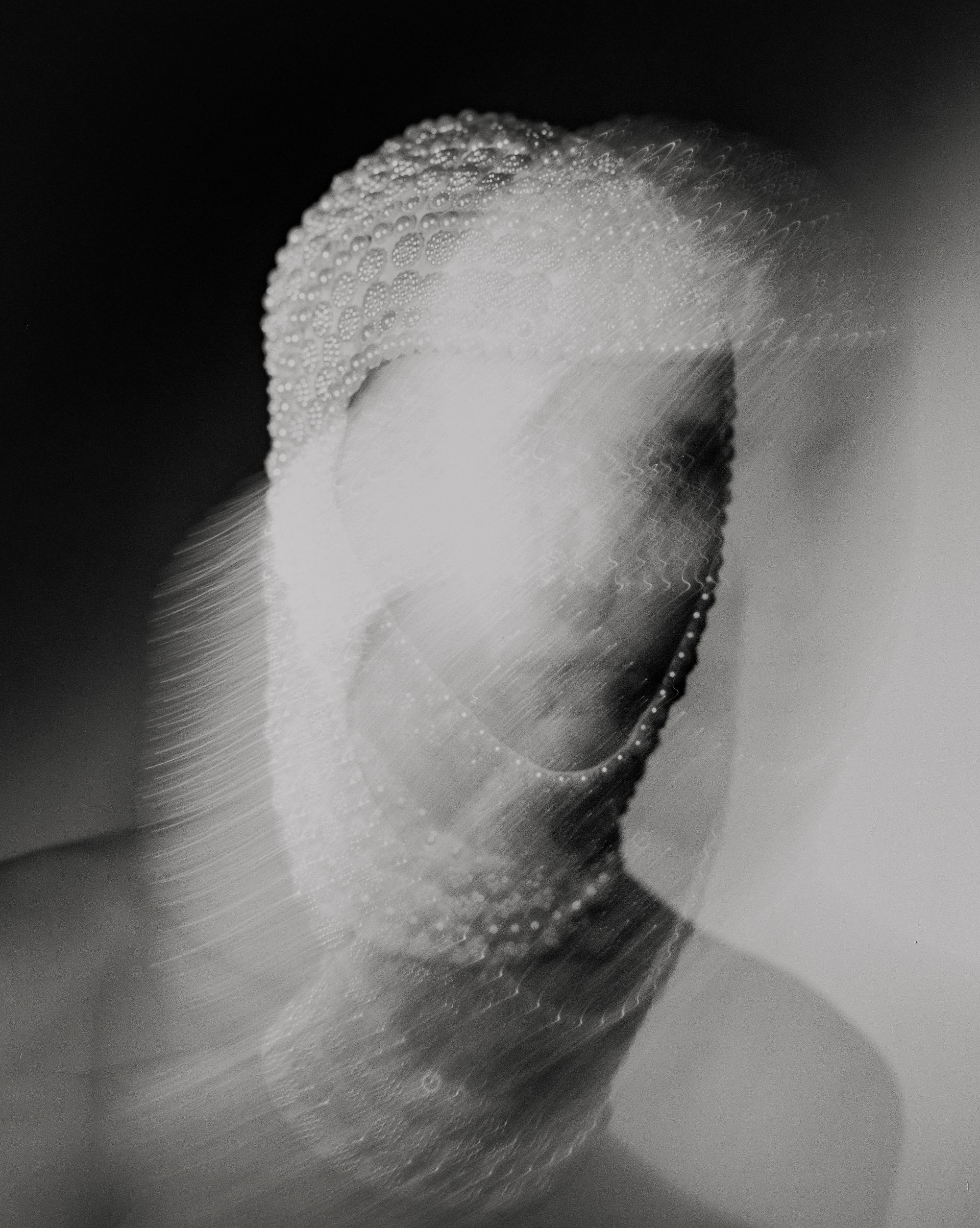
How do you navigate the intersection of fashion and fine arts in your symbolic, conceptual, intentional, monumental, and cinematic imagery?
It feels quite natural to me. I see fashion as arguably an art form as much as photography, depending on the perspective. The two are organically connected, and this connection becomes very clear when it comes to photography and observing shapes, forms, and materials. Everyone has a certain allure, and it’s often expressed through fashion and attitude, as if you’re creating a character.
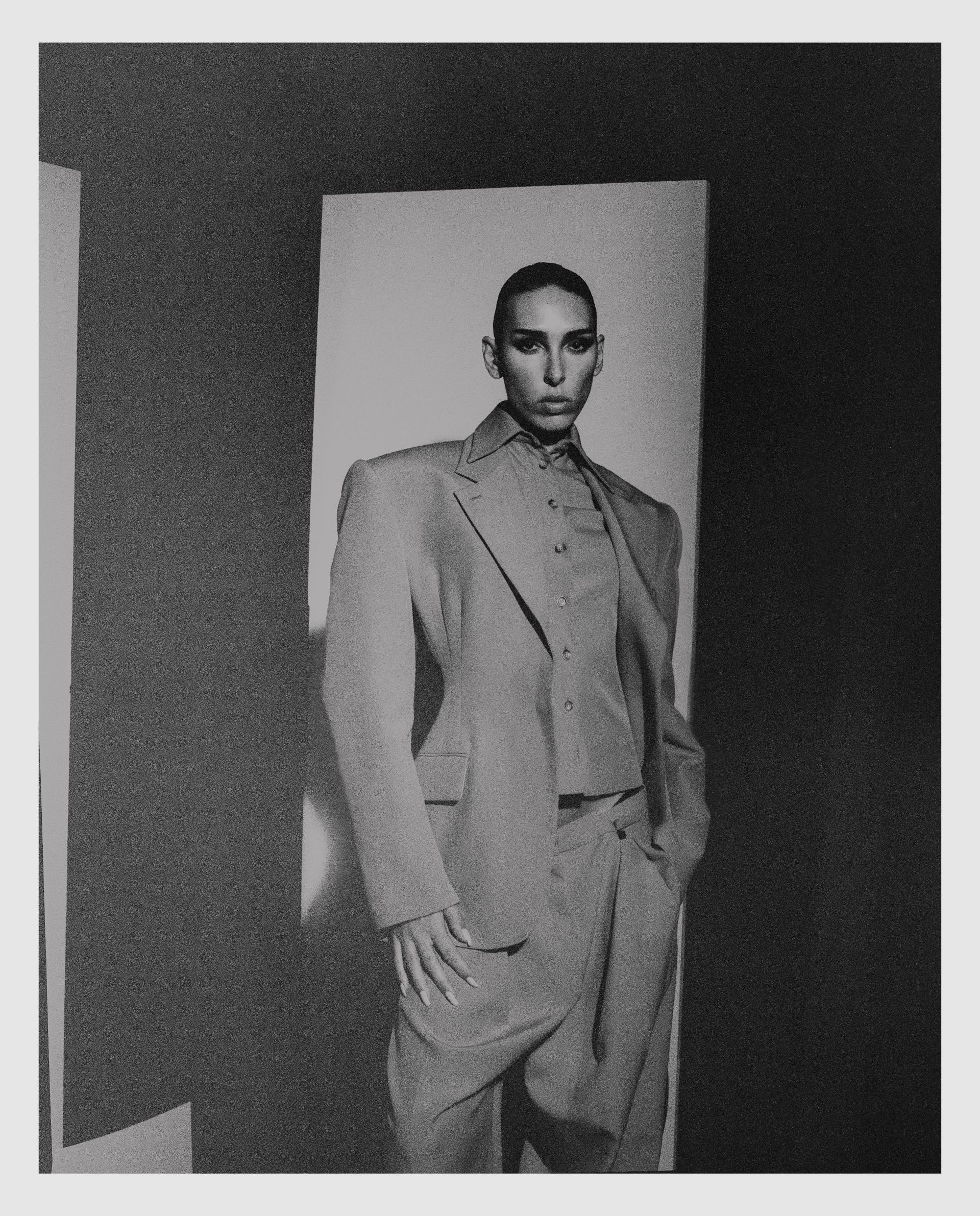
How do you establish a connection with your subjects to capture their remarkable power on film?
I observe the unspoken communication, making them comfortable by being at my most natural with them. It’s something I do without thinking about it. There is a beautiful mutual trust that is created by being open.
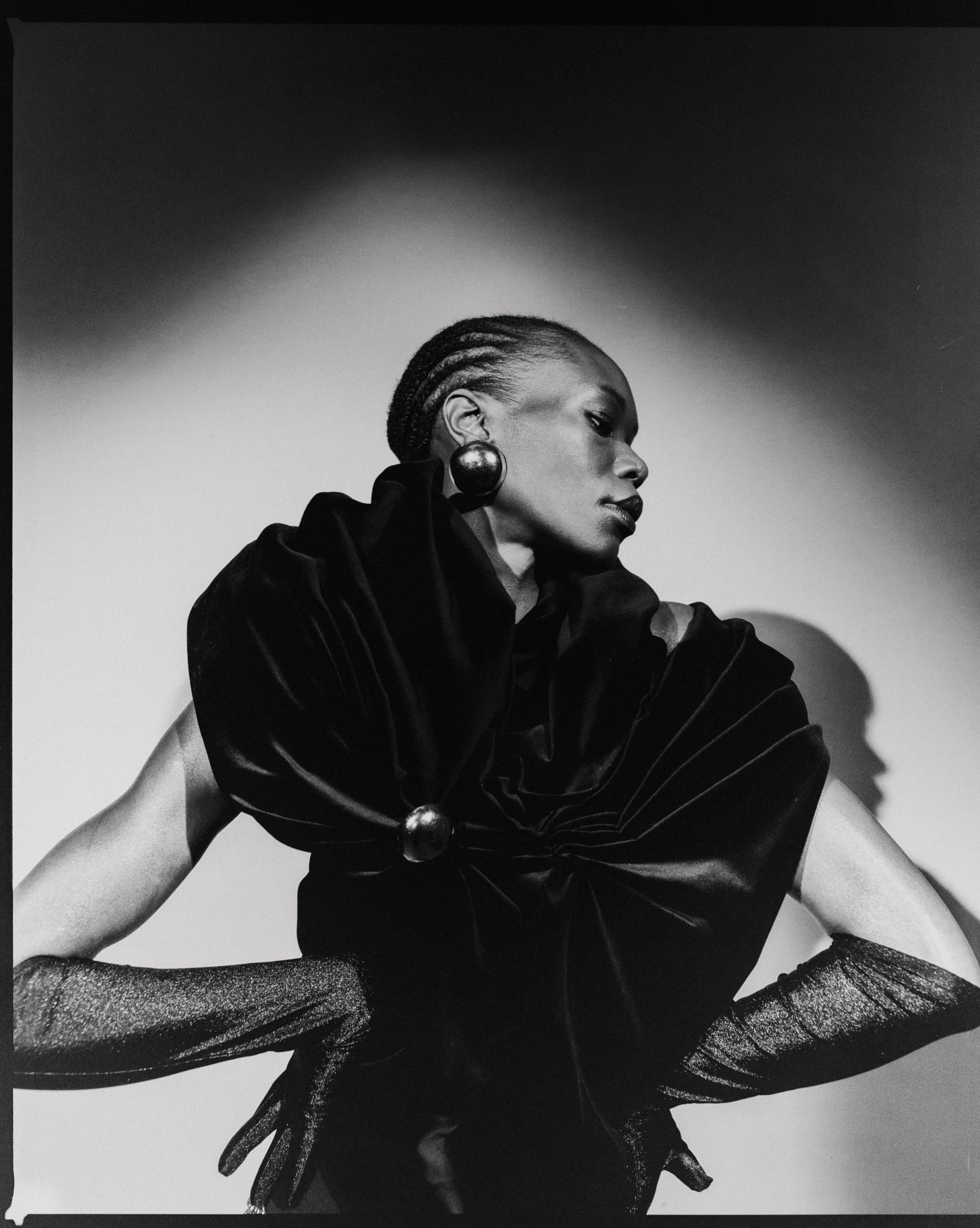
Can you share your experiences of collaborating with other artists or professionals and how these collaborations have enriched your practice?
My journey as a professional artist photographer started through a creative collaboration with Hannah Goldfisch. We worked on several projects together and my work with her is probably the most known. We have built a strong bond and friendship and it was the first time I ever was in touch with fashion.
Another collaboration was with Patrick Mason. He’s remarkable in front of the camera and behind. Watching him perform and style himself made me fall in love with fashion and learn so much about posing, shapes, volume and styling.
And one of the most important collaborations was with Georgian artist, art director and sculptor Liza Kiladzé. It was an instant and unspoken artistic connection on a very deep and personal level that has led to several personal projects until now, with her in front of the lens but also together with me behind the lens. We are aiming for an exhibition this, or next year.
There’s nothing more beautiful than creating within the moment without having to explain yourself artistically, when you don’t need to explain it to yourself either.

Your work has a strong cinematic feel. Are there specific film genres or directors that influence your photographic storytelling?
I admire the work of Stanley Kubrick. He manages to express himself in endless ways, creating different languages, yet you still recognize his natural self.
Lots of artists get too comfortable doing and repeating the same things over and over again. In today’s culture, we feel compelled to find that one thing that your audience associates you with, and it’s tempting to endlessly repeat it. I see it as something too comfortable and restricting. From my perspective I love challenges to maintain a signature across different fields.

How do you handle creative blocks or periods of uncertainty in your practice? Are there specific rituals or approaches you use to reignite your creative spark?
Accepting it. Not forcing it. Waiting until the right idea comes. Having said that, this is for the most personal work. But if you ask me what I do when I have to be creative tomorrow, I want to know everything: Who I’m shooting, how the styling will look, observing the talent’s face and expression, doing my research, and being alone with that information to connect the dots.
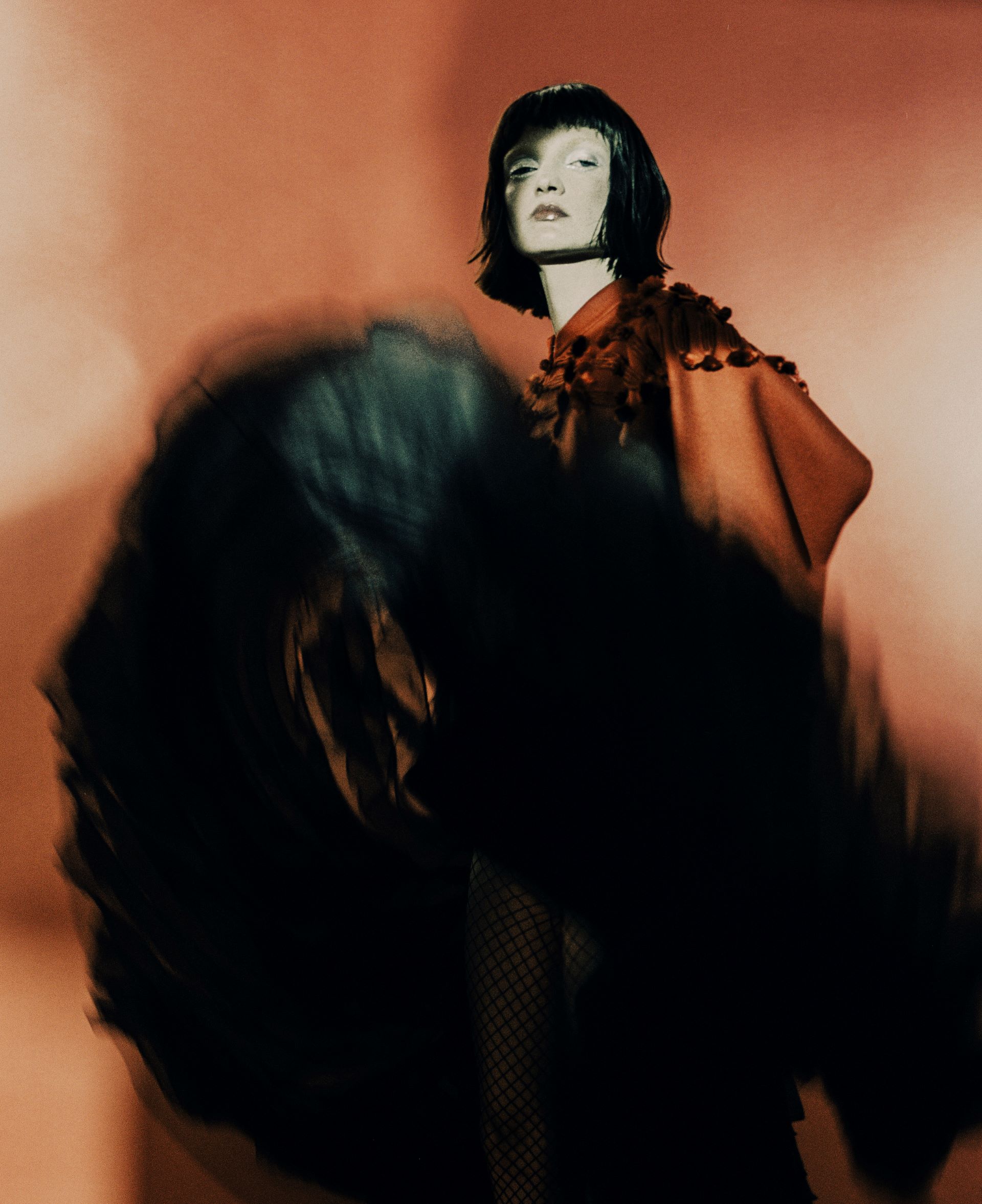
What message or emotion do you hope viewers take away from experiencing your art, and what exciting projects or themes can we look forward to from you in the near future?
I don’t have any expectations, but It makes me happy when people associate something personal with my work, beyond what I felt or the reasons I had for creating it. It’s a different version that makes the work valuable for someone I don’t know on a very personal level.
I’m mentally preparing for several important projects this year. Alongside developing new concepts for personal and editorial work, I’m focusing on my double and multiple exposure series. In this series, I explore the depth of shadows and aim for an exhibition at some point. Additionally, I’m working on another series that portrays human bodies and emerging souls using double and multiple exposure techniques, with a particular focus on the human form. The title of this body series is inspired by the spider’s exoskeleton process.
For more stories of art and culture, like this interview with Tarek Mawad, visit our arts and culture archives.


